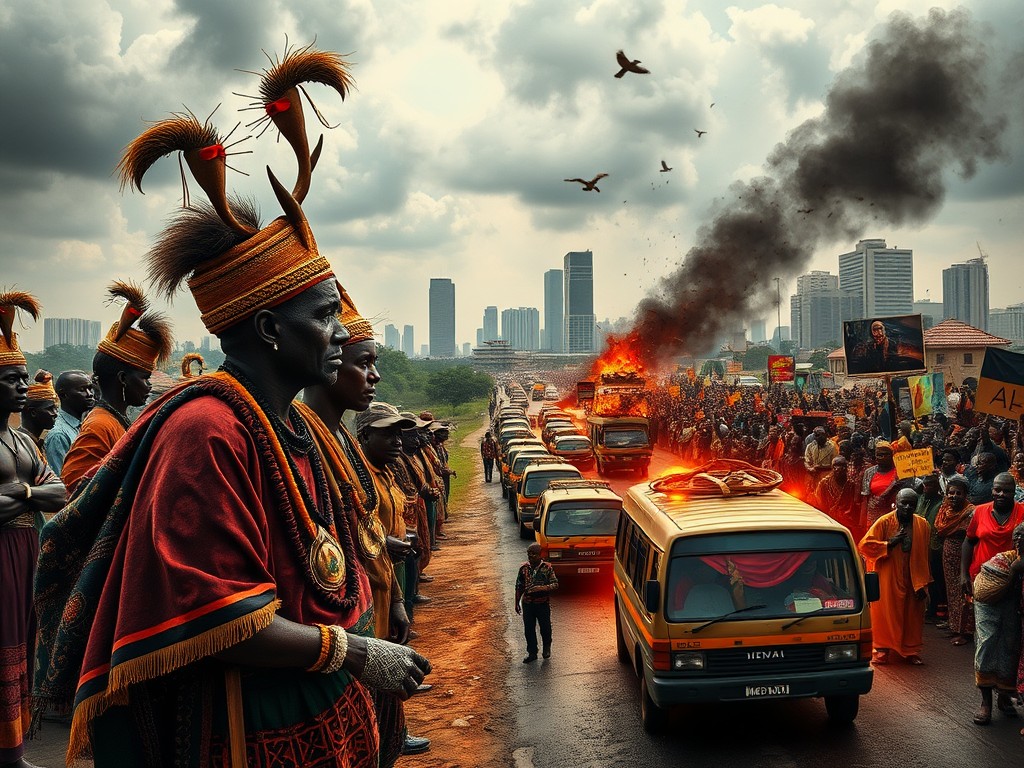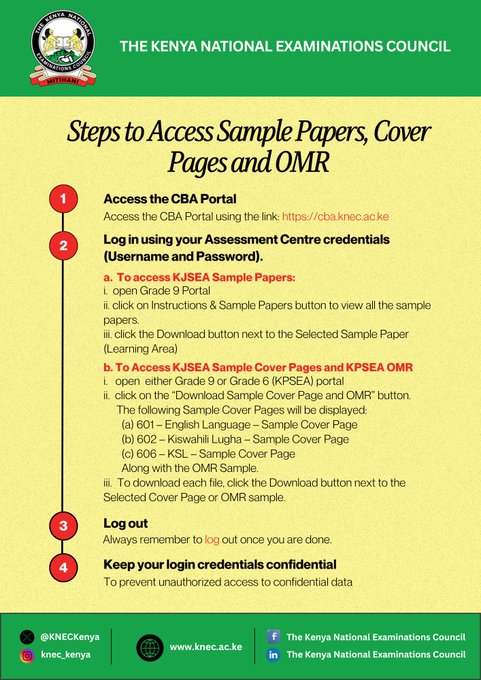Origins and Ideology (Late 1980s – Early 1990s)
Mungiki emerged in the late 1980s within the urban slums of Nairobi, particularly in areas like Mathare and Kibera. Initially conceived as a cultural and religious movement, Mungiki aimed to revive Kikuyu traditions and resist Western cultural influences. It sought social justice, addressing pressing issues such as land rights and unemployment. Key figures in the movement included Ndura Waruinge and Maina Njenga, who emphasized the importance of traditional practices like circumcision rites and communal living.
Evolution into Criminality
By the late 1990s, Mungiki had transformed into an organization notorious for criminal activities. The group became heavily involved in extortion, particularly targeting matatu (minibus taxi) operators. They imposed “taxes” on these operators, leading to violent confrontations. Their criminal portfolio expanded to include robbery, murder, and drug trafficking, especially in impoverished regions of Nairobi and Murang’a County.
You may also like
- AUDIT SHOCK: Only 3,000 Schools Get Capitation Funds as Govt Cracks Down on “Ghost Students” Spread the love🚨 AUDIT SHOCK: Only 3,000 Schools Get Capitation Funds as Govt Cracks Down on “Ghost Students” 🚨 NAIROBI, Kenya – In a drastic move to curb massive financial leakage,…
- Updates for KPSEA & KJSEA 2025 Candidates and Heads of InstitutionsSpread the love THE KENYA NATIONAL EXAMINATIONS COUNCIL Important Updates for KPSEA & KJSEA 2025 Candidates and Heads of Institutions 🎓 As schools open for the third term, we would…
- TSC CAREER OPPORTUNITIES: Deputy Director & Assistant Director PositionsSpread the love 🏫 TEACHERS SERVICE COMMISSION Constitutional Commission under Article 237 of the Constitution of Kenya 🌟 CAREER OPPORTUNITIES Deputy Director & Assistant Director Positions ⏰ Apply Before: September…
Operational Structure
Mungiki operated through a secretive, cell-like structure reminiscent of the Mau Mau movement during colonial times. Each cell comprised around 50 members, further divided into smaller units. This organizational model allowed Mungiki to withstand police crackdowns while contributing to its internal fragmentation over time.
Clashes and Violence
The sect’s violent nature became evident in numerous clashes:
- 2002 Clashes: Over 50 people died in Nairobi due to violent disputes over matatu route control between Mungiki and operators.
- Mathira Massacre (2009): A violent confrontation in Karatina, Nyeri District, resulted in at least 29 deaths between Mungiki members and local residents.
Government Response and Human Rights Concerns
In 2002, the Kenyan government declared Mungiki an illegal organization, leading to intense crackdowns. Operations like “Usalama Watch” were launched to dismantle the sect but drew criticism for human rights abuses, including extrajudicial killings and torture. The Kenya National Commission on Human Rights linked police actions to the execution of about 500 Mungiki members, a claim that was refuted by law enforcement. High-profile assassinations, including those of human rights activists Oscar Kamau Kingara and John Paul Oulo, further underscored the tension between Mungiki and the authorities.
Political Involvement and Fragmentation
Mungiki has often been accused of political manipulation, being used by politicians for electoral violence and disruption. Leadership changes, including the arrest of Maina Njenga, led to internal splits within the sect, resulting in various factions. Some factions attempted to distance themselves from criminal activities, while others intensified their operations.
Cultural and Political Legacy
Despite its criminal reputation, Mungiki’s call for cultural revival resonated with segments of society, bringing attention to broader issues like youth unemployment and ethnic tension. Although its influence has diminished since its peak, the sect’s legacy continues to shape discussions on governance, identity, and crime in Kenya.
Current Status
While officially banned, remnants of Mungiki or groups claiming its ideology still resurface, often linked to criminal activities or political maneuvers. The structure of the organization allows it to persist in various forms, though its overt control over sectors like the matatu industry has significantly decreased.
Key Figures
Maina Njenga: Born in 1969 in Laikipia County, Njenga became a central figure in Mungiki. His leadership was marked by a blend of criminal notoriety and political ambition, navigating numerous legal battles and personal tragedies while attempting to reform his image through politics and Christianity.
Conclusion
The history of Mungiki reflects a complex journey from a cultural revival movement to a criminal syndicate deeply intertwined with Kenya’s socio-political landscape. The sect’s story serves as a lens through which to explore the challenges of governance, identity, and crime in post-colonial Africa.










